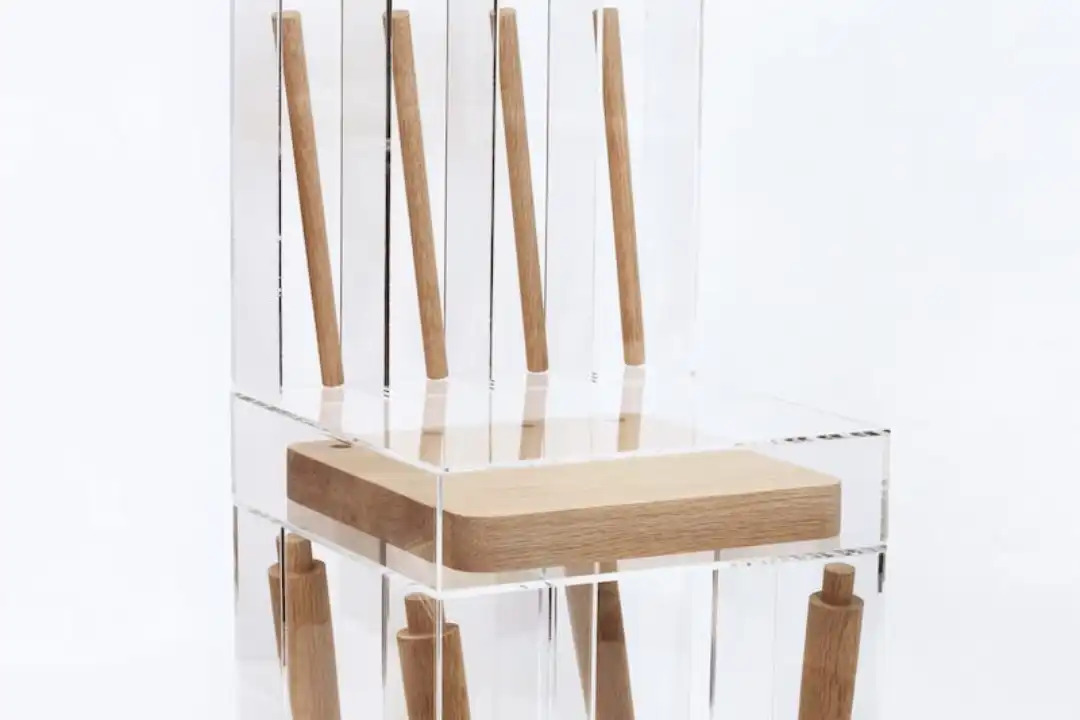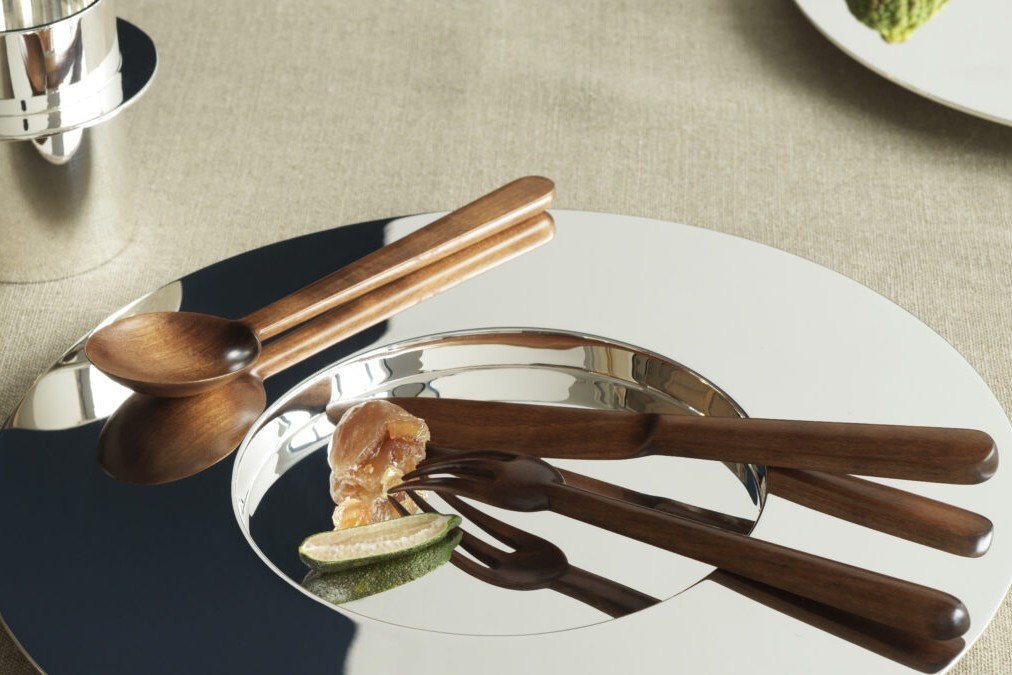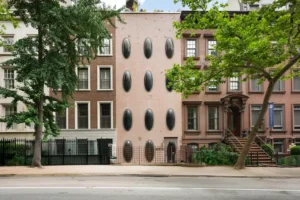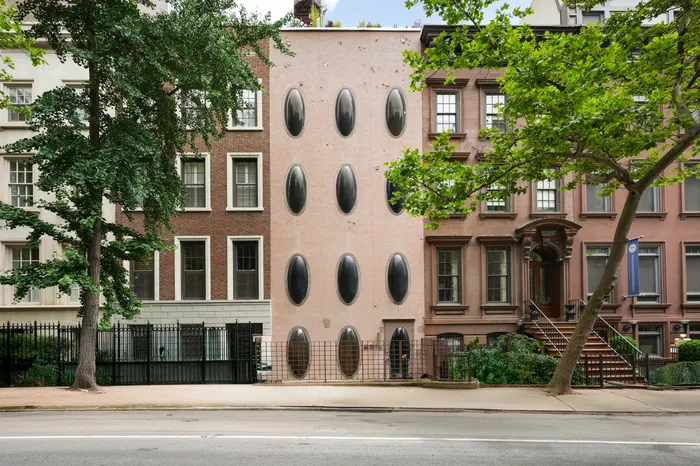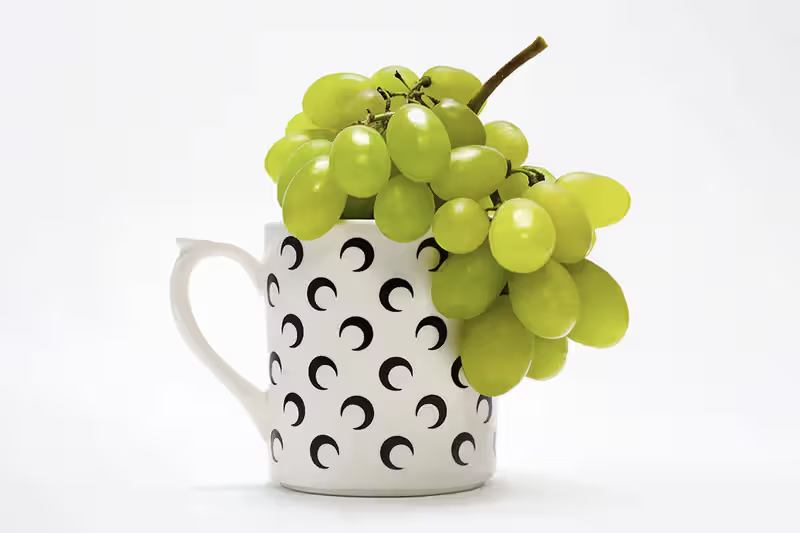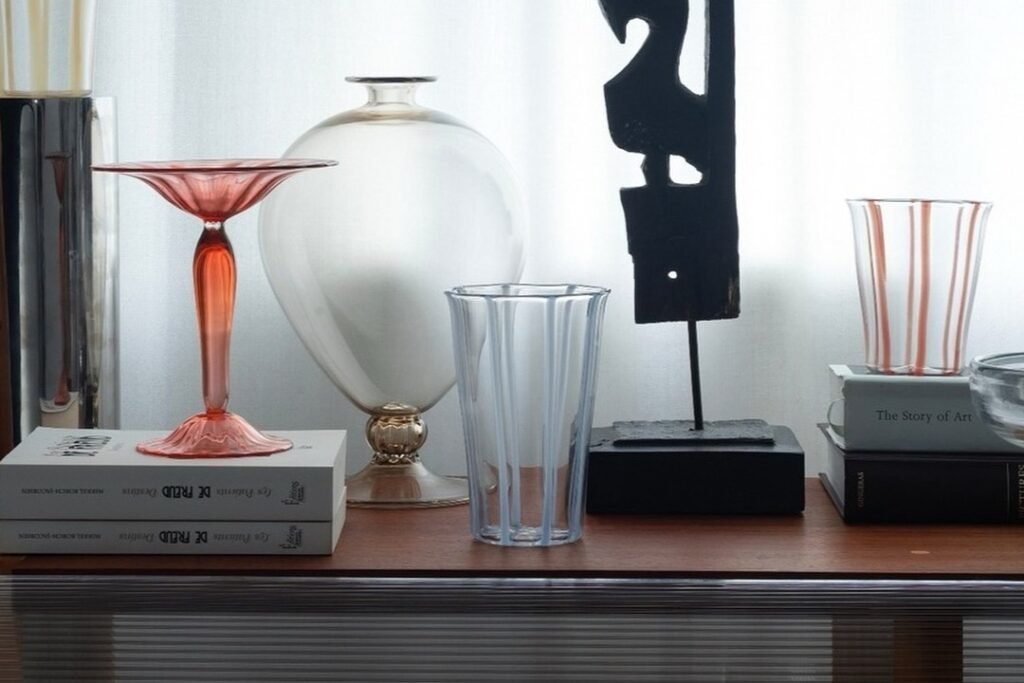Joyce Lin, a name in the art world who has recently obtained attention, is known for her functional sculptures that reconsider the everyday things in life and the environmental impact of these objects. Lin invents natural and artificial materials, usually turned into unusual pieces to weigh the bond between humanity and the globe. Her work is not just a tool of pleasure; it is focused on the Anthropocene, which is the present period characterized by considerable human influence on ecology and climate.
The Intersection of Art and Environmental Impact
Joyce Lin, who has established herself as a remarkable artist, is being honoured for her art sculptures that serve the purpose of the viewer’s self-questioning of the reality of the environment. Lin’s artworks bring a combination of organic and inorganic to life as she reshapes these things to become, in an unconventional way, processes exercised nearly exclusively by the invisible or often/long gone.
Her art is a powerful means of drawing the viewers’ attention to their roles in a world that changes unpredictably. Lin is determined to create, transform, and reinterpret items to question people’s perceptions or interactions with those artifacts. For instance, Lin dismantles ordinary furniture in her “Wooden Chair” series to show the frameworks that are the eye-openers of these items’ true natures. These sculptures require people to think beyond the concept of their use, and the sculptures show how many connections exist in the world.
The Role of Functionality in Joyce Lin Sculptures
The strongest point of Lin’s art is her ingenuousness in combining both the functional and aesthetic sides of art. More often than not, her sculptures do not just serve the purpose of being decorative, but more importantly, they are highly functional. While most art, to put it in simple terms, is usually purely for visual delight, Lin’s art is thought-provoking not only for its artistic content but also for its utility and physicality – in particular; the artist strives to use furniture-like structures. This mixture of artistic and practical sides enables artist’s sculptures to be seen not only as unique pieces of art but also as a means to understand better how practical design is being explored.
Lin is one of the artists who mostly prefers using industrial materials such as epoxy and resin. Moreover, she prefers such harsh materials to manipulate and encapsulate natural elements like wood in the form of wood and stone. The use of different materials, in this case, besides being an artistic form of creation, is a metaphoric illustration of the human strength and ability on the planet, which often seems to burn out and to be no longer productive for rough materials. Through the above process, Lin’s sculptures emerge as powerful statements regarding human looting of threatened ecological systems due to industrialization and mass production.
Joyce Lin’s Upcoming Solo Exhibition
One of the main characteristics of Lin’s work that grabs the viewer’s attention is the way she dexterously links art with utility products. Her sculptures cannot be described as objects of beauty; they are works of art with a practical function. Most art pieces are just objects of visual pleasure, but Lin’s art stimulates reflection and embodies a convenient furniture-like assembly. This duality makes her sculptures so interesting, as they are both beautiful artwork and a study of engineering ideas that enhance human life.
Linde often uses epoxy and resin techniques to encapsulate or reshape wood and stone objects. This mélange of materials is an allegory for human beings’ capability to modify and shape nature for personal benefits. In this way, Lin’s sculptures become a commentary on how industrialization and mass production have contributed to the depletion of natural resources and the environmental damage that has arisen.
Fans of Lin’s work are in for a treat as a solo exhibition set by R & Company in the later part of the year is just around the corner. This soon-to-be-held display will be a collection of her art sculptures, functional ones, and other new works that will deal with the effect of societal norms and the ecological crisis that is worth discussing. As Lin’s art became more popular, the thorniness of her work increased as she argued for the necessity of green technologies against climate change.
The Significance of Lin’s Sculptures in Today’s World
Joyce Lin’s functional art pieces are a powerful echo that acknowledges contemporary issues such as sustainability, environmental preservation, and industrialization. Consequently, Lin’s work echoes the persisting conflict between human progress and the resulting harm to the natural world, where she uses industrial materials combined with organic elements.
Lin’s works of art indicate that we are at the very initial stage of the Anthropocene era, which is a time of intertwined environmental degradation and human innovation. With her sculptures, Lin challenges the audience to learn about the products they often use and examine how these articles are made and used and why they are disposed of.
Key Takeaways from Joyce Lin’s Work
- Functional Art: Joyce Lin’s sculptures merge art with functionality, creating pieces that serve a practical purpose while offering commentary on environmental impact.
- Anthropocene Awareness: Her sculptures explore the Anthropocene, the era in which human activity heavily influences Earth’s ecosystems.
- Industrial and Natural Fusion: Lin uses organic materials and synthetic substances, such as wood, resin, and epoxy, to create art that critiques industrialization.
- Upcoming Exhibition: Joyce Lin’s solo exhibition at R & Company will feature new works that continue challenging perceptions of art, functionality, and environmental issues.
- Global Relevance: Lin’s art reminds us of the need for sustainable practices and forces us to reconsider our relationship with everyday objects.


